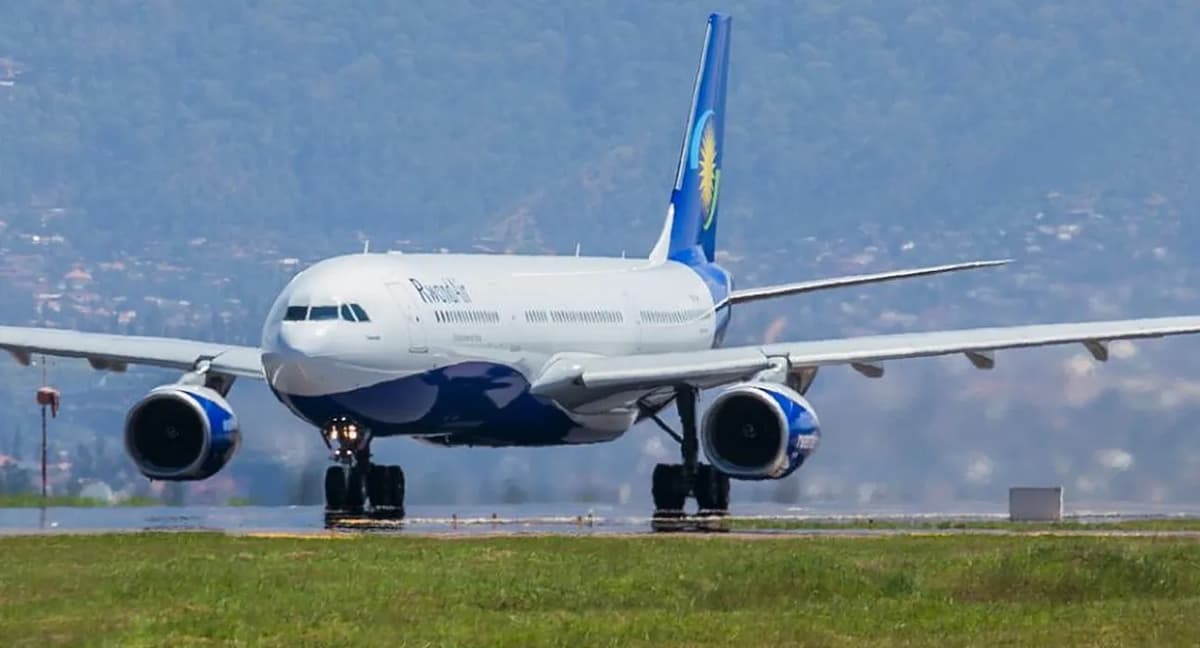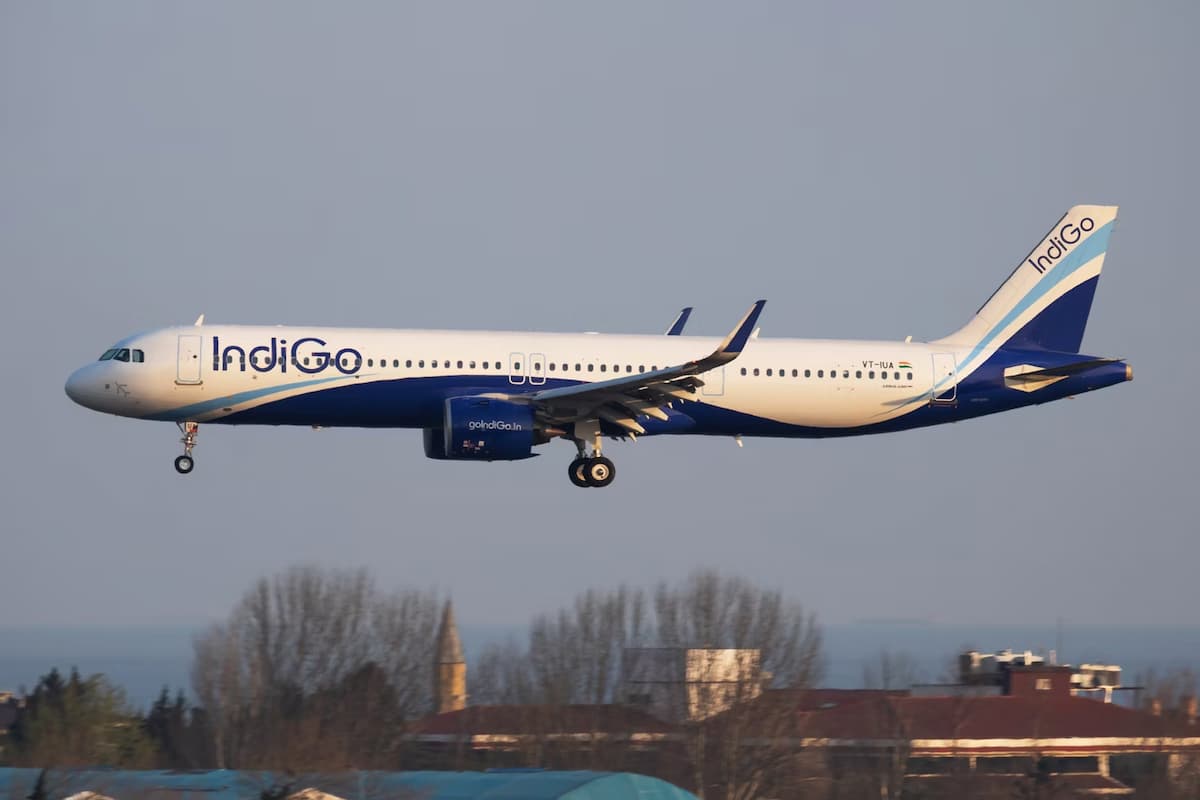The Hero Dubai Desert Classic has become the first golf event in the Middle East and first within the DP World Tour Rolex Series to achieve GEO Certified Tournament status, demonstrating the event’s leadership among sustainable golf events.
The distinction is awarded and assured by the international non-profit GEO Foundation for Sustainable Golf, and is based on the strength of commitment, breadth and depth of action, and range of tangible measured impacts across a broad sustainability agenda.
Obtaining GEO Certified status has become a notable achievement showcased by many of the world’s most renowned golf venues and events.
Commenting on the achievement, Simon Corkill, Executive Tournament Director for the Hero Dubai Desert Classic said: ‘We are delighted that the Dubai Desert Classic is the first golf event in the Middle East to achieve this important distinction, and milestone. It speaks to our strong dedication to tackling priority environmental and social issues, as we strive to deliver meaningful net positive impacts through the event. With the wide reach that the tournament has, we hope this achievement will help to raise awareness and inspire other events, businesses, and individuals across the region and beyond.”
Meanwhile, Ahmed Al Khaja, CEO, Dubai Festivals and Retail Establishment (DFRE) at Dubai Department of Economy and Tourism (DET), said the Dubai Desert Classic’s certification is a laudable achievement.
‘With 2023 being the Year of Sustainability in the UAE, and as the country prepares to host COP28, the UN Climate Change Conference in Dubai, the Dubai Desert Classic’s certification is a laudable achievement and a meaningful step towards achieving the wider, national Net Zero objectives,” Al Khaja said.
“We congratulate them on their inspiring commitment to resource efficiency and climate action. This accomplishment sets an exceptional example of sustainable best practice within such high-profile global mass events, further reinforcing the city’s position as an international events hub in line with the Dubai Economic Agenda 2033 launched by our visionary leadership to further consolidate Dubai’s status as one of the top three global cities.”
The criteria for the certification of tournaments spans a range of priority sustainability themes and action areas; supported by detailed best practices; which are in turn weighted and scored.
A minimum number of points are required to achieve certification. These are verified by an accredited, third party and expert verifier, who visits during event week to observe practices, projects, and other activations on site.
A verifier report is then submitted to the GEO Certification Ltd team, a subsidiary of the GEO Foundation. If the criteria are met, certification is then awarded accompanied by key Continual Improvement Points.
Meanwhile, Ahmed Al Khaja, CEO, Dubai Festivals and Retail Establishment (DFRE) at Dubai Department of Economy and Tourism (DET), said the Dubai Desert Classic’s certification is a laudable achievement.
‘With 2023 being the Year of Sustainability in the UAE, and as the country prepares to host COP28, the UN Climate Change Conference in Dubai, the Dubai Desert Classic’s certification is a laudable achievement and a meaningful step towards achieving the wider, national Net Zero objectives,” Al Khaja said.
“We congratulate them on their inspiring commitment to resource efficiency and climate action. This accomplishment sets an exceptional example of sustainable best practice within such high-profile global mass events, further reinforcing the city’s position as an international events hub in line with the Dubai Economic Agenda 2033 launched by our visionary leadership to further consolidate Dubai’s status as one of the top three global cities.”
The criteria for the certification of tournaments spans a range of priority sustainability themes and action areas; supported by detailed best practices; which are in turn weighted and scored.
A minimum number of points are required to achieve certification. These are verified by an accredited, third party and expert verifier, who visits during event week to observe practices, projects, and other activations on site.
A verifier report is then submitted to the GEO Certification Ltd team, a subsidiary of the GEO Foundation. If the criteria are met, certification is then awarded accompanied by key Continual Improvement Points.
Andrew Lynch, Head of Sustainability for the European Tour group, said: ‘It is wonderful to see events across the DP World Tour schedule leaning into sustainability in this way. Making it integral to the way they are planned, staged, and promoted. It aligns fully with our own Green Drive strategy, and leadership actions we are taking across our own operations and our owned and staged events. We encourage all of our valued tournament promoters to join the Hero Dubai Desert Classic in making their tournaments a true showcase for sustainability.”
Source: khaleejtimes










